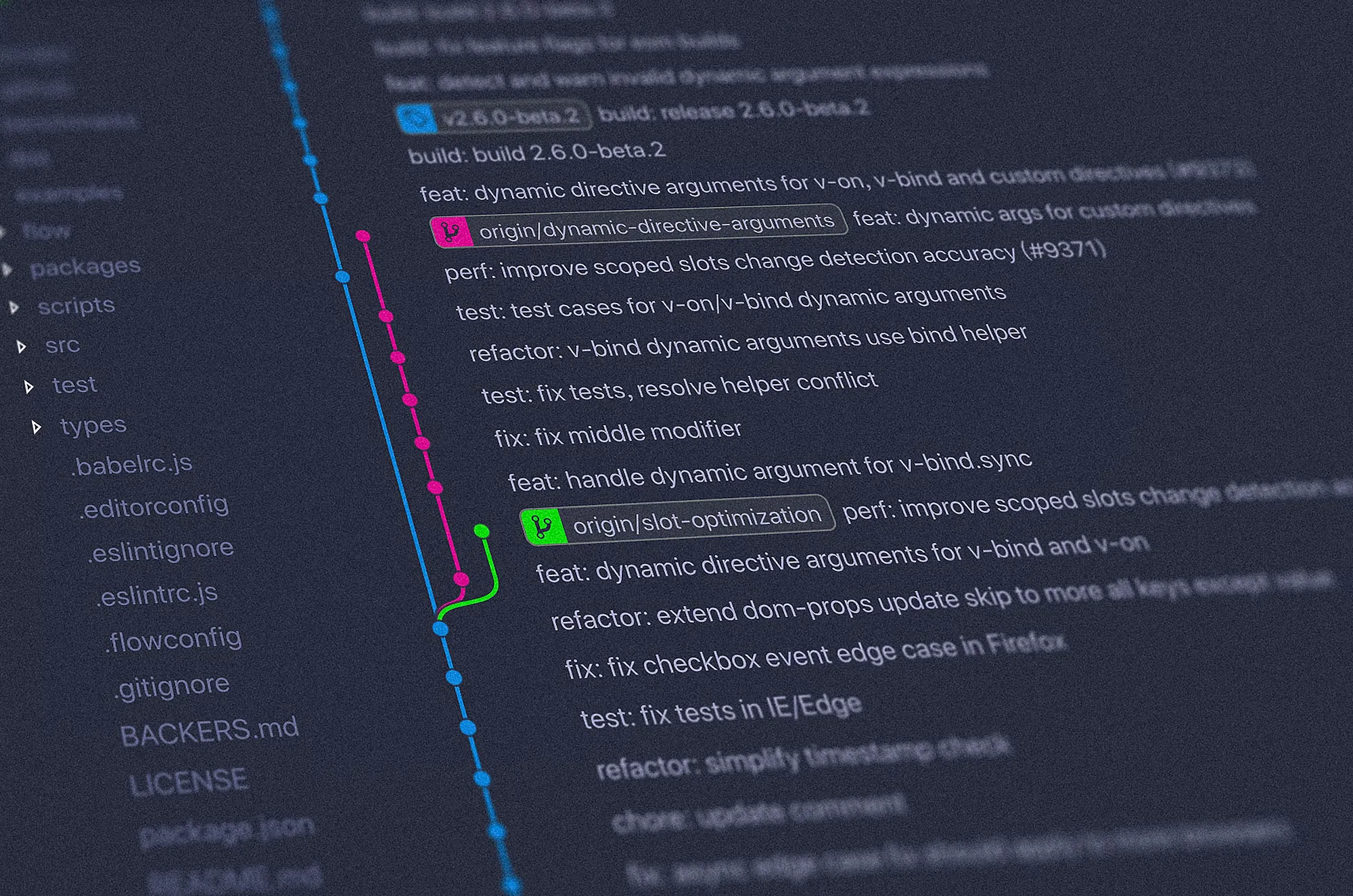What Bed Linen Can Teach Us About Usability
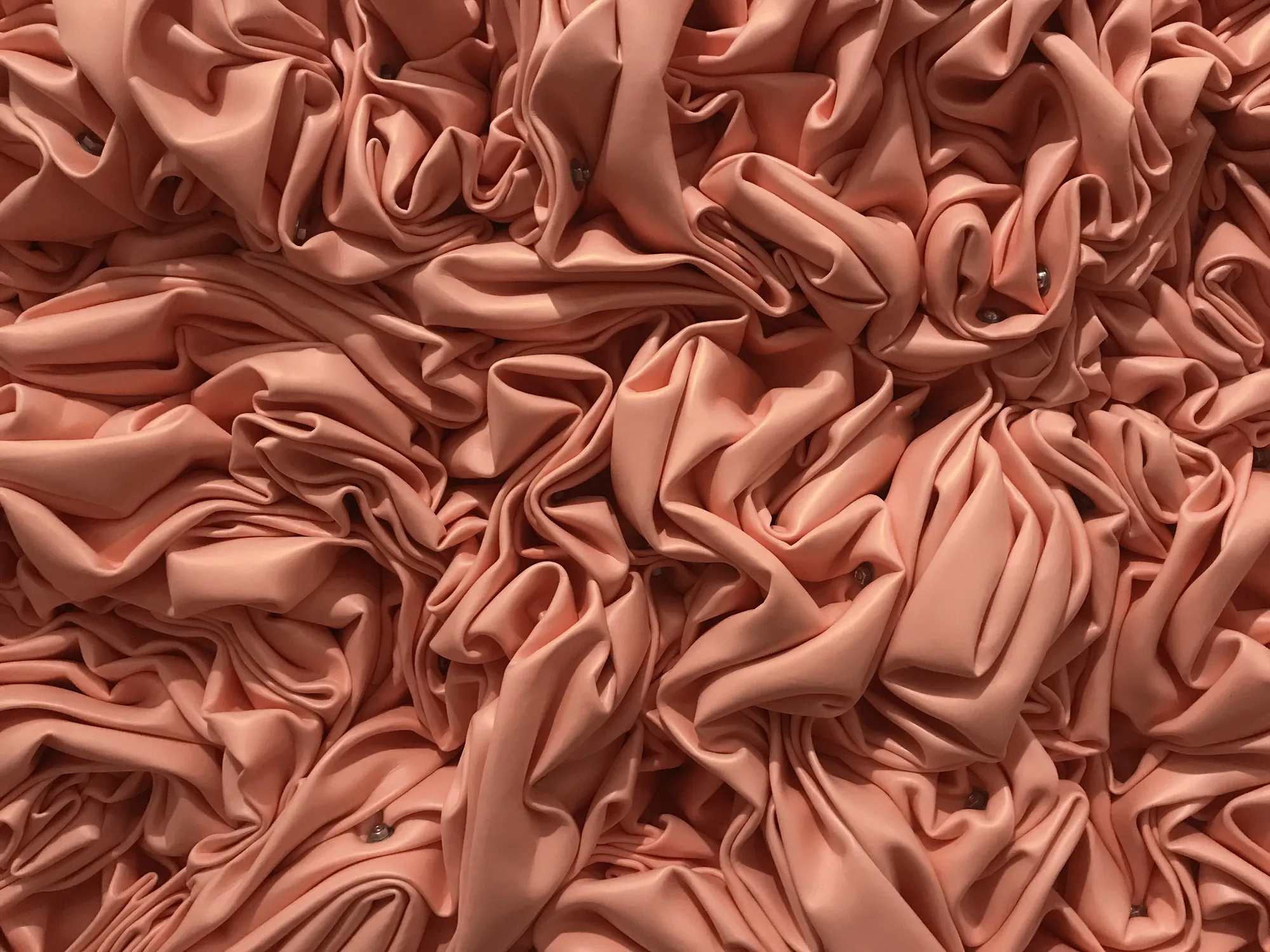
35 years ago, Don Norman studied the design of everyday objects in his seminal work, The Design of Everyday Things. Norman teaches us that everyday objects have affordance, an intrinsic attribute it offers to the user. Long, rounded bars that serve as door handles afford pulling, while small, finger-sized buttons we come across on elevators afford pushing.
Now, before I get lost in recapping the entirety of what is one of the most influential books in the history of modern product design, I want to talk about bed linen.
Because bed linen, in my opinion, afford madness.
Now, there’s some confusion to clear up here. It turns out, European, British, and American (and possibly other cultures’) practices of making a bed differ slightly. Some use top sheets, some use duvets only, some don’t use duvets at all. When I say “bed linen” or “bedsheets”, I meant the totality of the fabrics that cover your bed, mattress, pillow, etc.
With that said, let’s get back to it.
You see, I have two little kids. They’re adorable in all the ways that Hollywood portrays toddlers to be. Absolutely delightful. They’re also well and truly disgusting. They drool. A lot. Their hands get all grubby from the various different liquids, oozes, and goos that they manage to stick their hands in throughout any given day.
And as such, I find myself changing their sheets a lot. And there a few household chores that I dislike as much as changing sheets. Maybe I’m just clumsy, maybe these things are just awful by design-hint: it’s the latter. But there comes a point during the whole spectacle of changing sheets where I am covered head-to-toe in a duvet cover like a version of Casper the Friendly Ghost, if Casper cursed like a sailor.
But things are different now. For the better.
Some time ago, I, for the second time in my life, moved to Finland. Home of reindeer, Santa Claus, the world’s highest concentration of heavy metal bands, and-most importantly-bed linen that will turn your world upside down.
Rounding the Corner
To learn how to properly fit a duvet cover over a duvet, is not unlike driving a car. After figuring out the basics on how to move backwards and forwards, we get to the part where we have to deal with the dreaded enemy of both drivers and duvet cover wranglers:
Corners.
In my two-and-then-some decades of living before my fated arrival in Finland, I had wrestled with the process of crawling halfway up the cover countless times.
Tried many a different solution, and even watched high quality educational content on techniques such as “The California Roll”, or “The Hand Puppet”. Even got a set of covers with corner ties – Only to consistently land back at my Casper cosplay.
Until I moved to the Nordics.
You see, your regular duvet cover has a singular hole. At the bottom. The part where the duvet goes in, and you inevitably stick your head. The duvet covers up here in the north, have three. Yes, three.
There’s two extra holes, in the corners. To stick your hands into, and grab the duvet without going for an indoor spelunking session.
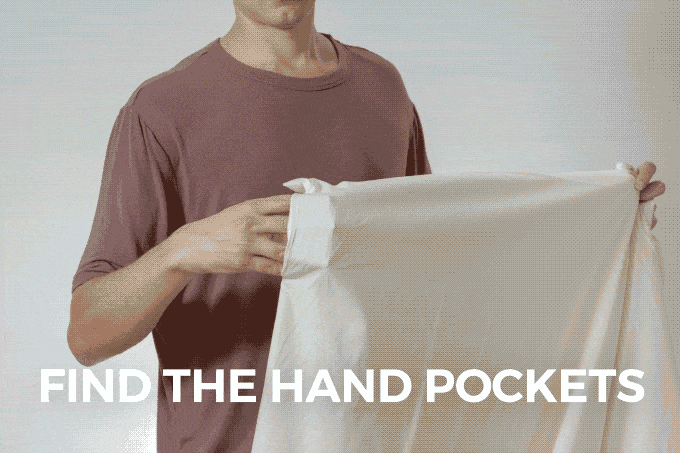
The Nordic readers amongst you are probably looking at your screens as though I’m explaining that ice is cold and the sun is hot. But to this rest of you, and my past self, this is unheard of.
When growing up with this efficiency, you cannot imagine ever doing it the ‘haphazardly cramming the duvet in whilst crawling through the duvet cover’ way the rest of the world seems to insist on. […] That’s how life-changing this is; you will never hate putting duvet covers on again, this we can promise you.
It doesn’t end there, however.
Whilst the addition of extra holes could be a one-and-done innovation to the ye olde duvet cover, there’s more.
Sealing the Deal
Humanity, in all its creative glory, has come up with all manner of mechanisms to deal with the pesky hole where the duvet goes. That gaping maw at the bottom of the sheet.
In my explorations, I’ve across a number of distinct ways in which the designers of these covers sought to close that gap. Each increasingly baffling or deliberately time-wasting than the next.
Buttons, those charmingly old-fashioned features that adorn many duvet covers, seem harmless at first glance. They line up so obediently, waiting for you to delicately maneuver them through their corresponding holes, promising security and snugness.
Yet, the illusion is soon shattered as you attempt this routine. You fumble, struggle, and occasionally, succeed at pinching the barely fitting discs into their just-large-enough openings. But the satisfaction is short-lived as you realize you’ve misaligned one button, rendering all your previous efforts futile.
Then, there are those fabric ties. Imagine a sort of tango between two pieces of fabric. With yourself as the hapless dancer trying desperately to tie them into a semblance of a knot. They mock you with their apparent simplicity. Lulling you into a false sense of security before transforming into a Gordian knot that Hercules himself would struggle to untangle. You pull, you tug, and you wonder if these ties are secretly conspiring against you. And really, could these ties be any smaller?
And lastly, there’s those duvet covers that opt for the minimalist approach. Offering no closure mechanism whatsoever. Just an open invitation for your duvet to escape. And escape it will. Maybe not tonight. Maybe not tomorrow. But one day in the near future your duvet edges will start peeking out, mocking your feeble attempts to contain it.
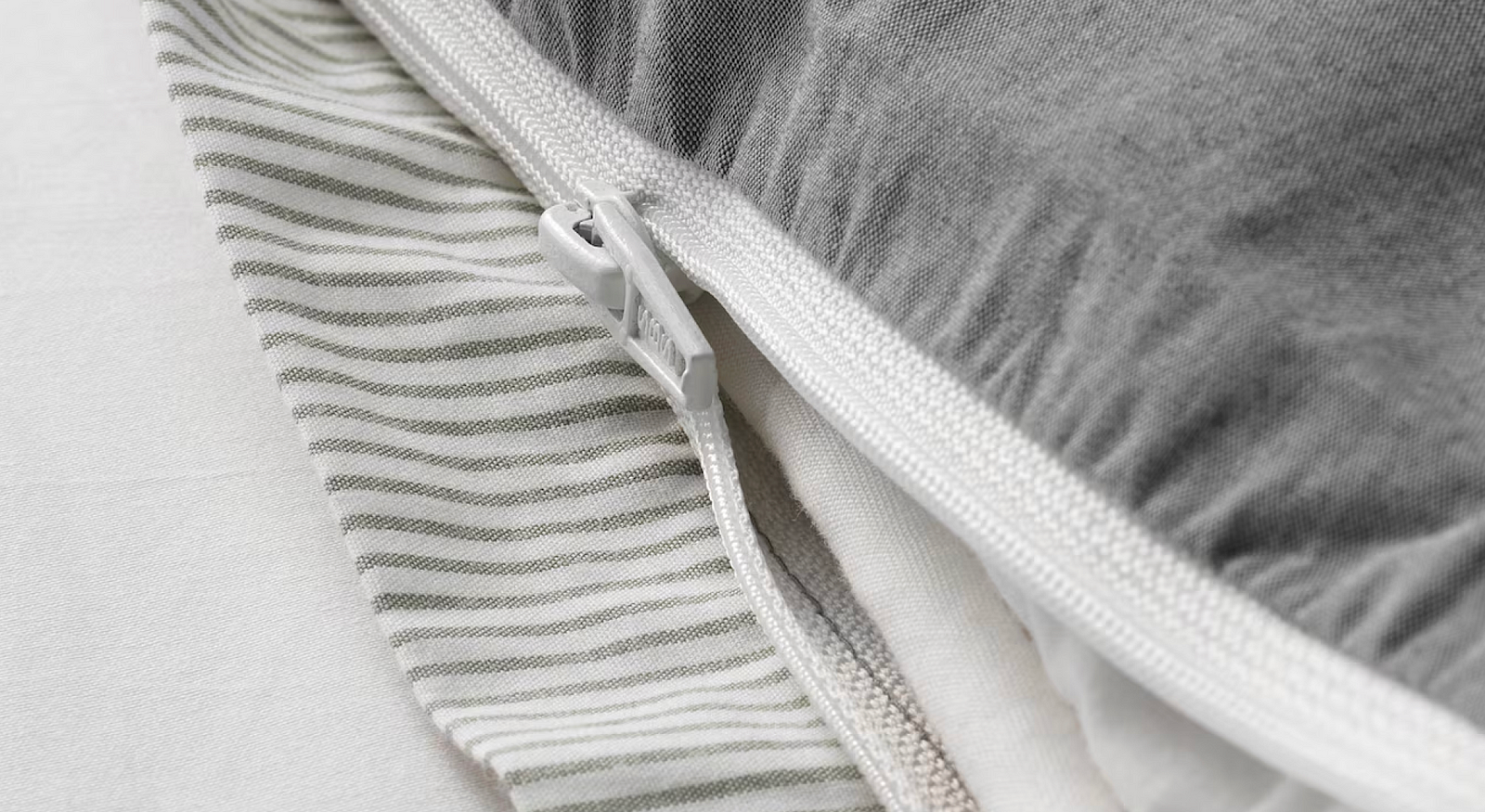
Imagine the effortless glide of zipping up your jacket, now seamlessly integrated into the realm of bedding. No more fiddling with buttons, no more wrestling with ties, and definitely no more duvet duels. A swift, assured zip, and your duvet nestles in, snug as can be. It’s not just an upgrade; it’s a bold revolt against the outdated mechanisms that once disrupted your peaceful sleep.
That’s right. Duvet covers with zippers. No more button-hole pinching, tie-tying, or the imminent sense of dread that comes from watching the edges of your duvet slowly creep further out of its cover.
It’s this small, simple solution that delivers immeasurable convenience. And once you’ve experienced the elegance of a zippered duvet cover, there’s no turning back.
Finding the Right Fit
Let’s momentarily divert our attention to another understated genius in the world of beddings - the humble fitted sheet. But before we champion its praises, it’s only fair to scoff, albeit lovingly, at its awkward cousin - the unfitted sheet. Its existence is akin to clinging to outdated technology in a world that’s long embraced the sleek and practical. Like hanging on to your first-generation iPod.
Enter the fitted sheet. The unsung king of bedding practicality, and its often-overlooked sidekick - an inconspicuous tag that simply reads “Head” or “Foot.” Now, in the grand scheme of things, this tag might seem trivial, almost comical in its simplicity. But let me tell you, this tiny addition is a silent time-saver.
Picture this: you’re on a mission, putting your fitted sheet on with precision, and suddenly, you’re stuck in a wrestling match with the sheet, trying to figure out which end goes where. Cue frustration, sighs, and a moment of existential dread. You’ve got it all wrong.
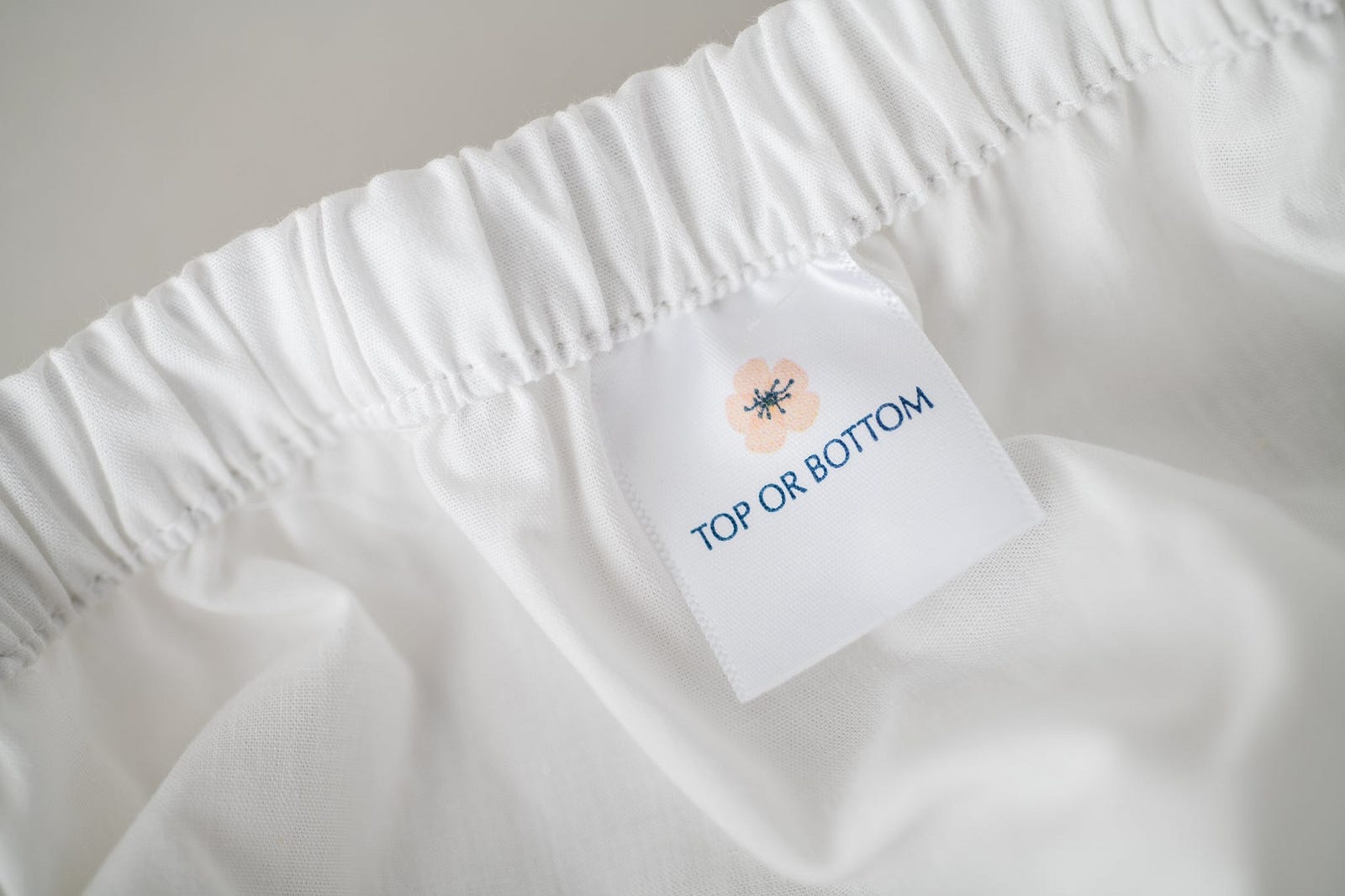
But fear not. The head-or-foot tag steps in, swooping down like a caped crusader in the allyeways of Gotham. It whispers to you, “This way up,” guiding you through the maze of sheet-fitting antics. It’s a small tag with monumental power, saving you precious minutes that you’d otherwise spend in a heated debate with a piece of fabric.
At this point, you might be wondering what this has to do with design or usability practices, or whether this grumpy-old-man ramble is actually going anywhere. Hang in there for just a little bit longer.
Complacency is the enemy of progress. — Theodore Roosevelt
Consider the evolution of bed linen you’ve just been witness to. A seemingly mundane aspect of everyday life. The innovation from buttons to zippers, the addition of corner holes, and the introduction of “head or toe” tags are small yet profound changes. They signify an unending pursuit of comfort and efficiency in an ordinary bedtime routine. These incremental improvements are a testament to the notion that complacency is the adversary of progress, even in the realm of beddings.
In the world of product design, this pursuit parallels the journey toward creating seamless user experiences. Products are never truly “done.”
They exist in a perpetual state of evolution. Ripe for enhancements and refinements. For opportunities to save time, or to facilitate an easier onboarding. Just as the duvet cover’s closure mechanisms underwent metamorphoses, digital products also undergo iterative changes to improve usability.
And standing still is simply not an option. Much like the duvets and sheets that were promptly given the boot for ones that were more respectful of my time, so too do the digital products we interact with. Like Facebook beating MySpace to the punch on innovating their interface, and offering a cleaner, more streamlined experience. Or DoorDash cornering the food delivery market by focusing on an otherwise neglected audience.

Slack bucks the enterprise app trend of dull language that leaves users lost and unengaged. Instead, each piece of copy is seen as an opportunity to be playful.
- Metalab, Designed to get people talking
Moreover, the tiny, intricate details within our designs wield substantial influence over user experience. A seemingly insignificant element, such as the color palette of our CTAs, or the wording we use to communicate with users, can profoundly impact how users engage with a product. These little looks and crannies can be exactly where you find and carve out your product-defining niche.
The overarching narrative of bed linen and my burning hatred for its ill-performing variants, resonate with the essence of product design - constantly seeking refinement, embracing change, and acknowledging that even the tiniest elements contribute to a product’s success.
It’s a reminder that every detail matters. And that the pursuit of an exceptional user experience demands a commitment to continuous improvement, and an openness to evolution. Even when it’s something as simple as taking a picture of your friends and loved ones, there’s always room for innovation.
Because thankfully, design is never “done”. Even 35 years down the line, the design of everyday-and not-so-everyday-things, is still evolving.
Keep Reading
